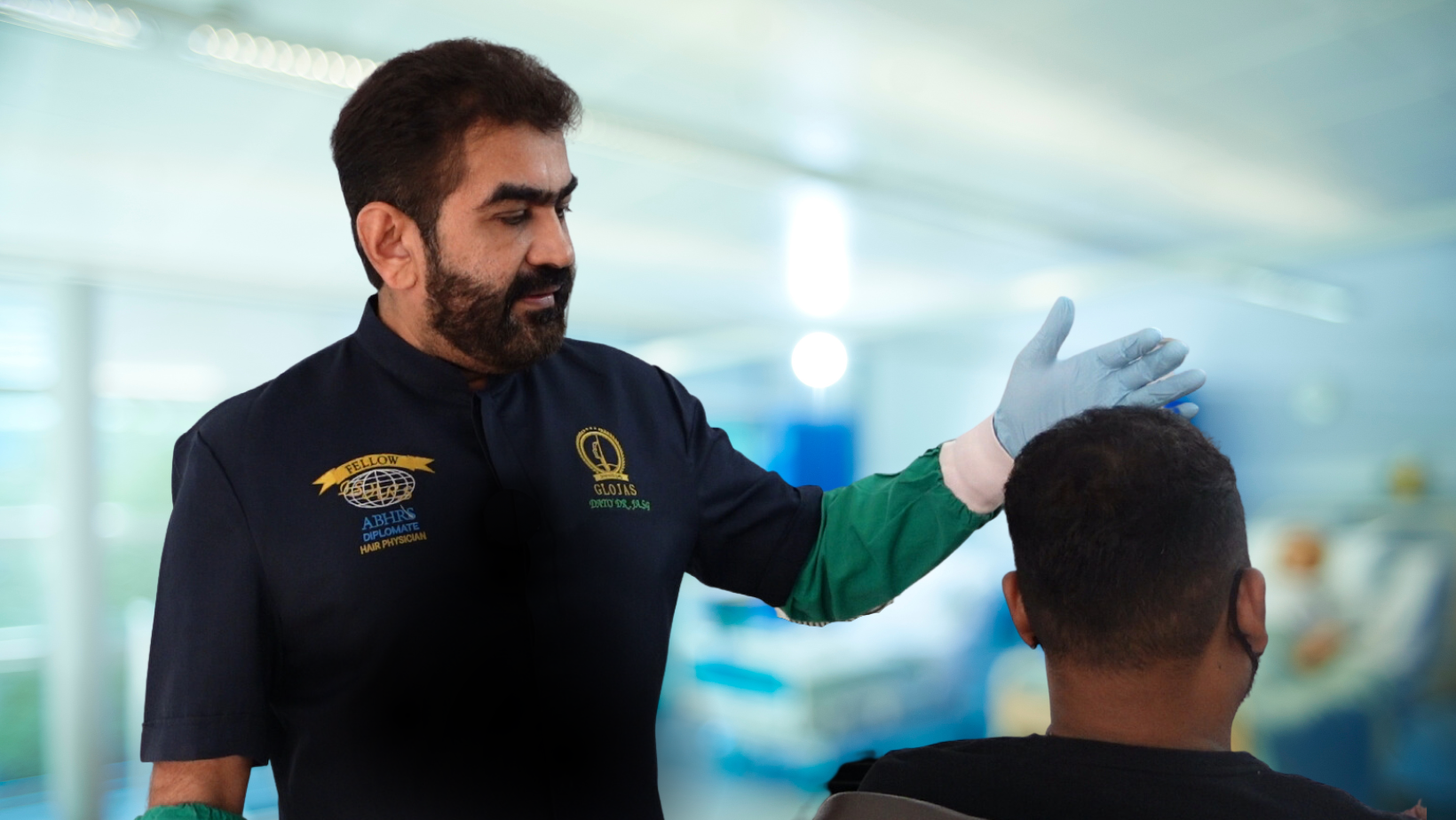
Hair transplant is the latest trend not only for those who are suffering from hair fall or hair problems but even for those who want to alter their hairlines or acquire an attractive mane. But are hair transplants really safe and successful? Is it a lasting procedure or does this procedure result in unwarranted tissue changes in the body?
It is a surgical process that involves removal of hair follicles from any site in the body like face or legs and planting them on the hairless portion. This process is also used in transplanting hair in lashes and brows. The latest techniques are permanent, and they pick up follicular clusters of hair. This process is called follicular hair transplantation (FUT) which can be done in two ways, strip harvesting & follicular unit extraction (FUE).
FUE (follicular unit extraction). FUE can be done in a single or several settings. It is a manual & time taking process but gives very natural results & leaves behind no marks. All the highly qualified surgeons commit that the FUE process is more successful than the FUT process. It is also useful when only a small area of hair needs to be transplanted, such as in the repair of scars or eyebrow transplants. It can also be used to transplant body hair to the scalp.
In the initial step of the hair transplant surgery, hair follicles from the back of the head are removed and relocated to the balding areas. Donor area trimmed, before the surgery is started, the hair in the donor area is trimmed. Donor area is prepared for surgery, once the hair in the donor area is trimmed it is given local anesthesia.
Tissue in the donor area removed and the donor area sutured. The tissue in the donor area that contains the bald resistant hair follicles is then removed surgically and the donor area is sutured. Combed hair over sutured donor area, the sutures in the donor area are hidden from the patient’s hair that are combed over them. These sutures are removed almost ten days after the hair transplant surgery.
Donor tissue trimmed into follicular unit grafts, microscopes are then used by the surgical technicians to view the donor tissue for dissecting and preparing follicular units hair grafts. Bald recipient area prepared, once the local anesthesia is given to the patient, the balding recipient area is prepared for the surgical process no trimming/removal of hair is required at the top of the recipient area. Incisions made in the balding areas; follicular unit grafts are placed in the tiny incisions that are made in an irregular pattern in the recipient area.
Grafts placed according to their densities, the smallest grafts (one and two) are placed in front of the hairline and three and four (denser than one and two) are placed behind. Immediately after the hair transplant surgery, after the hair transplant surgery, tiny incisions with short hair would be visible on the patients operated area. Closing of the hair transplant surgery, the incision marks heal naturally and the redness in the recipient area vanishes itself within a week.
The transplanted hair behaves like natural hair and sheds between two to four weeks of transplant. The roots thereafter start sprouting hair naturally and continue to do so for a lifetime.